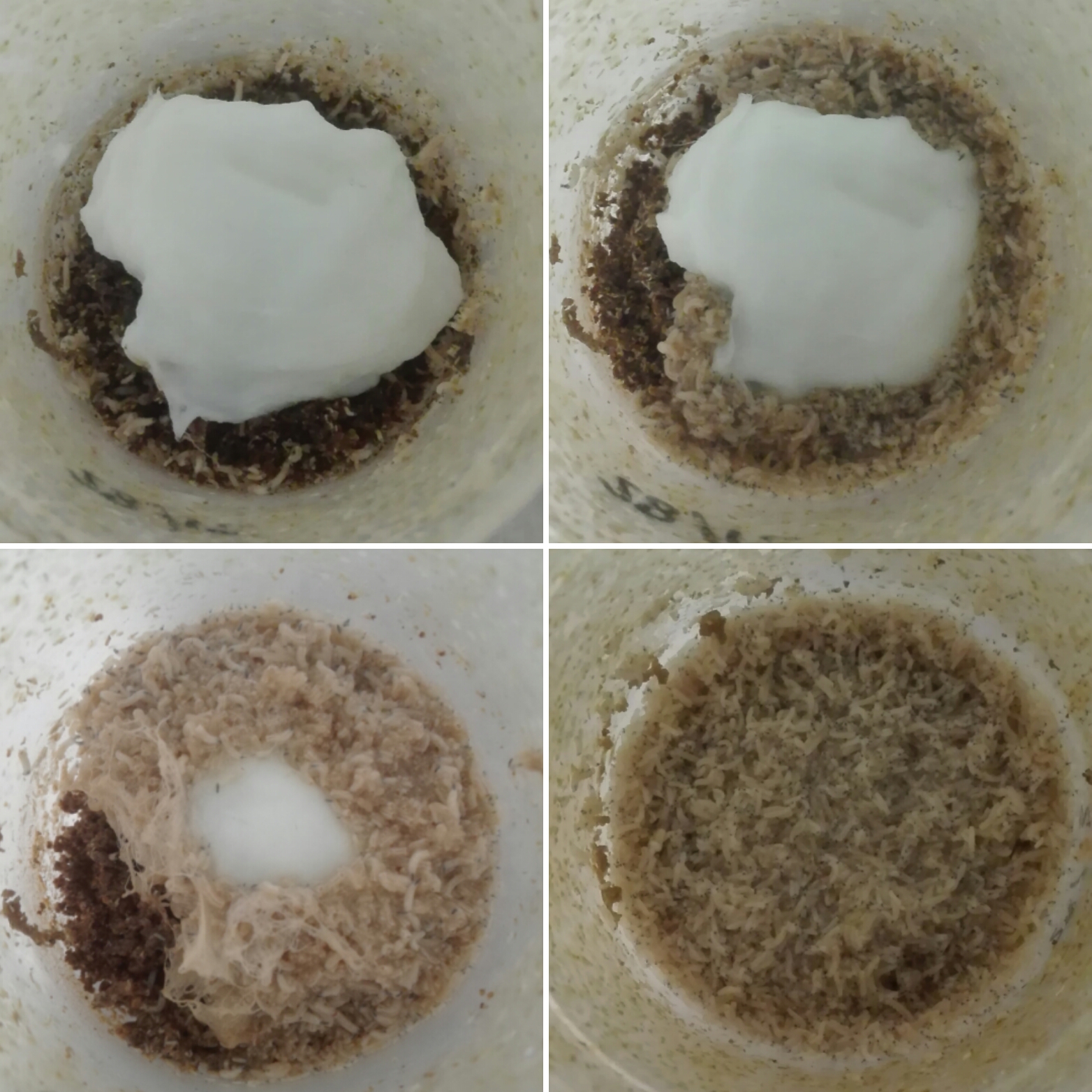Curiosities
Educational content on curiosities and biological aspects of major urban pests.
Mylva curiosities - EP3
How much can a housefly larva eat?
During its first days of life, and under optimal temperature and humidity conditions, a housefly larva can consume between 2 and 5 times its body weight per day. This great voracity is linked to a high metabolic rate and can cause an increase in the temperature of the larval development area. For example, in an environment where the ambient temperature is 25–30°C, temperatures of up to 35–45°C can be found inside the container where the larvae are kept. Between image 1 and image 4, less than 10 minutes had passed — enough time for the larvae to completely cover the offered food.

